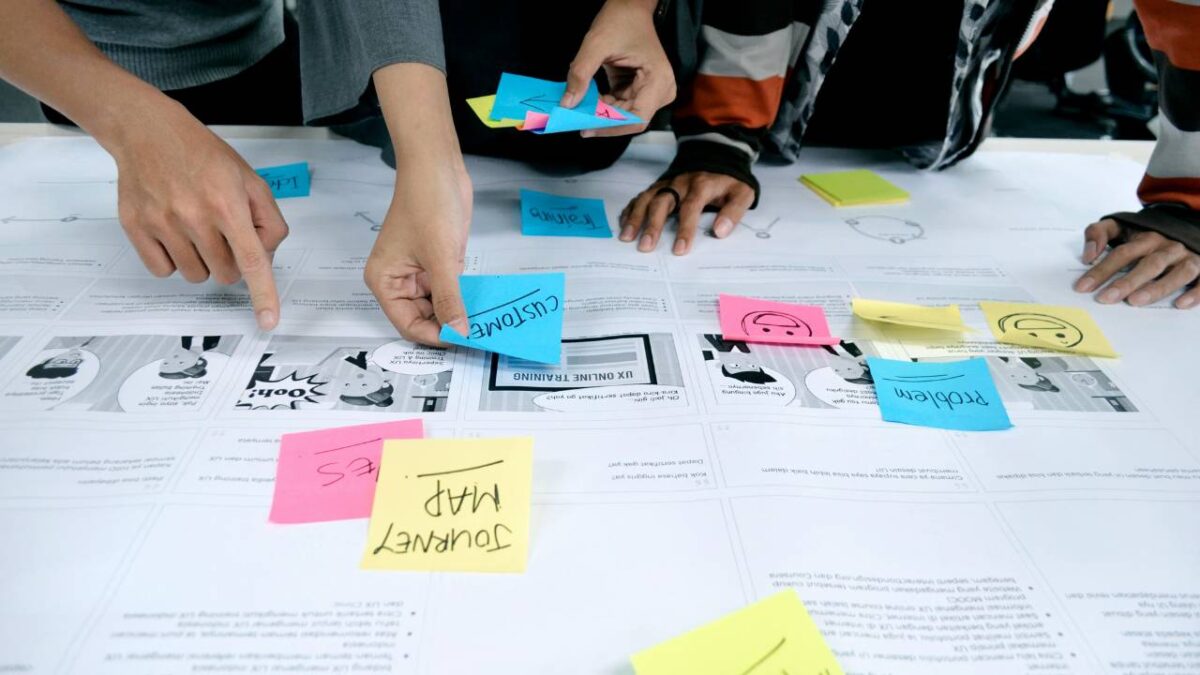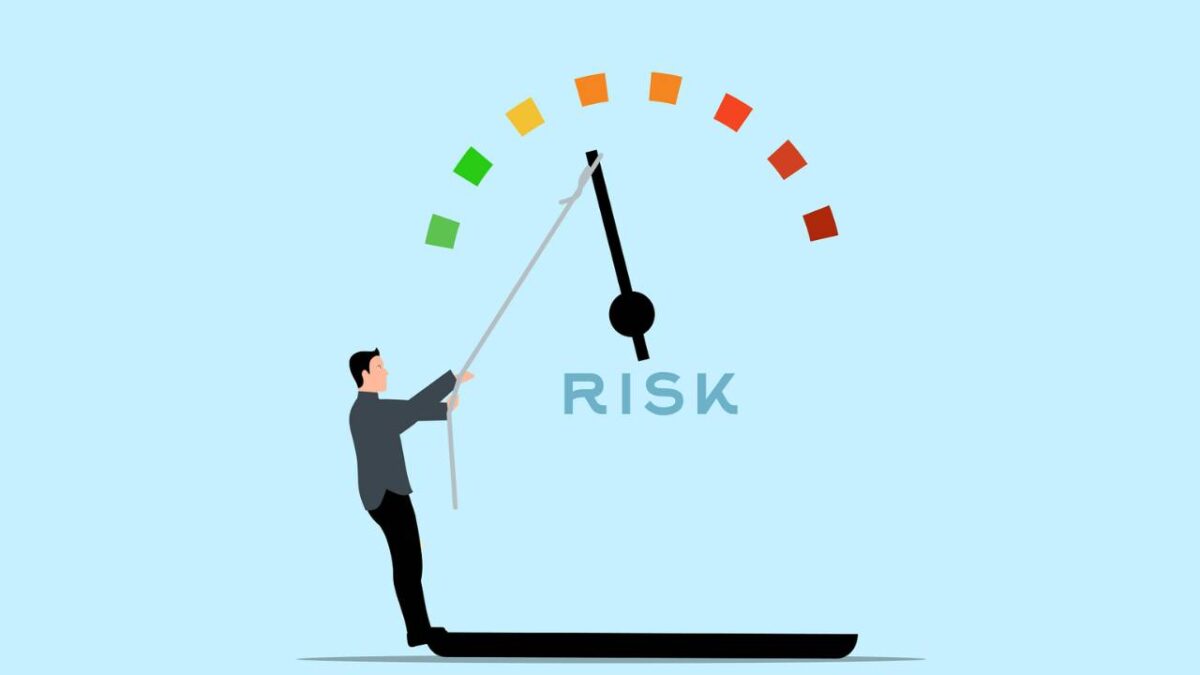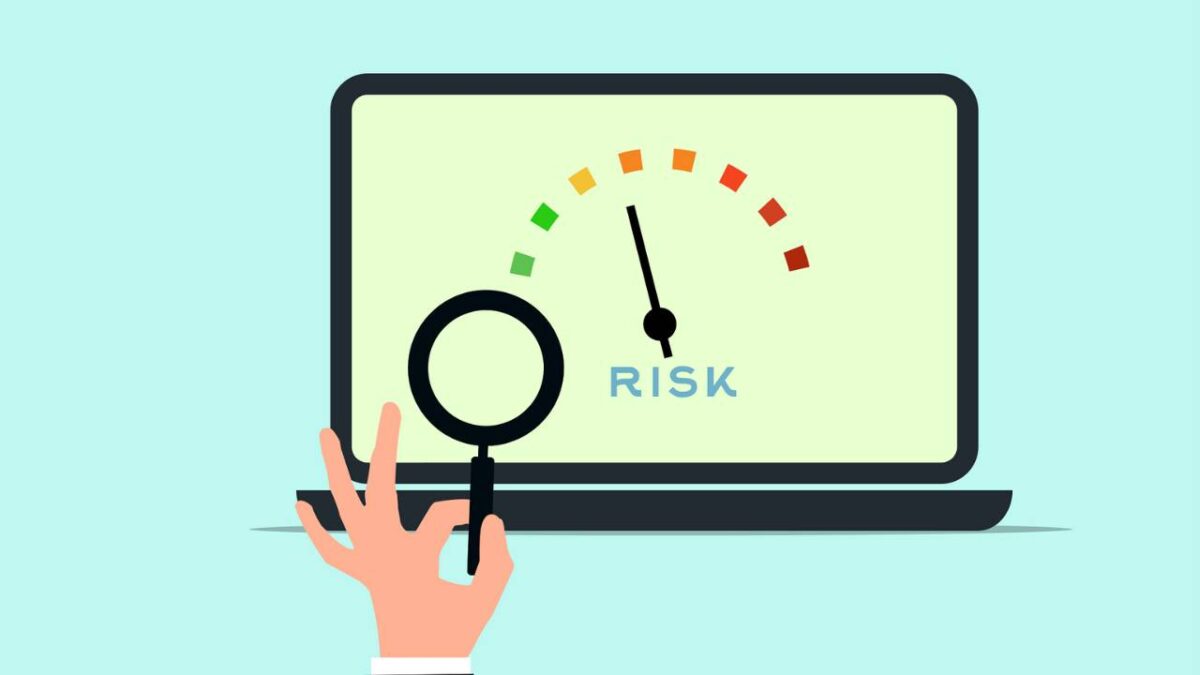Managing risk is a vital aspect for Irish SMEs, even when resources are limited and teams are small. By looking to safety-critical sectors for proven methods, smaller firms can adopt practical strategies that strengthen their own risk management processes without overwhelming available capacity. This approach not only helps SMEs address regulations and protect their operations but also supports long-term resilience in a changing business environment.
Why Risk Management Shouldn’t Be Optional for Irish SMEs

Many Irish SMEs still view risk management as a box-ticking exercise or a function reserved for larger companies. In reality, risks are present across all business sizes and sectors, including those not typically labelled as high-risk.
Economic fluctuations, legal changes, cyber threats, and reputational setbacks can strike at any time. These disruptions can threaten a company’s survival, slow its growth, or even result in significant financial loss.
By embedding risk management into daily operations, organisations can better anticipate and mitigate potential dangers. Investing early in risk planning helps businesses design a safer workplace that protects both people and assets over the long term.
Adopting a proactive approach not only addresses compliance requirements but also supports smart decision-making. It reduces the chance of crisis and allows SMEs to respond swiftly if issues arise.
The growing complexity of today’s business environment means that a wait-and-see attitude is risky in itself. Every Irish SME, regardless of industry, benefits from viewing risk management as a standard business practice rather than an optional extra.
Learning from High-Risk Sectors: Practical Insights for SMEs
SMEs can adapt valuable practices from high-risk industries, such as electrical engineering or utility safety, to strengthen their own risk management processes. These sectors prioritise structured risk assessments, clear reporting, and continuous improvement, providing useful models.
Incorporating regular hazard identification meetings and safety checklists, even on a smaller scale, helps in maintaining a culture of awareness. Documented procedures and decision-making trails improve accountability and ensure essential steps are not missed.
Even businesses outside high-risk sectors can learn a lot from how the professionals at Substation Safety approach hazard control, regulatory compliance, and procedural design. Simple adaptations, such as periodic safety reviews and up-to-date training for all staff, play a significant role in risk reduction.
Focusing on practical, repeatable steps makes risk management more manageable for SMEs. Techniques like task analysis and root cause investigation can highlight gaps before they lead to incidents.
Open communication and feedback across teams mirror practices from safety-critical fields. This approach encourages early identification of concerns and enables timely mitigation, making risk management accessible and sustainable even for smaller organisations.
The Role of Training and Internal Awareness in Mitigating Risk

Thorough staff training remains a cornerstone of effective risk management within Irish SMEs. Employees equipped with up-to-date knowledge are better able to recognise emerging hazards and respond quickly, limiting potential harm. Inadequate training, by contrast, often results in overlooked threats and avoidable incidents.
One area often overlooked by SMEs is preventative safety education, which can dramatically reduce both accidents and liability. When workers understand the importance of safety measures and are encouraged to participate actively, they adopt safer working practices and foster a culture of caution.
Regular refresher sessions and practical exercises help reinforce awareness. These initiatives create an environment where staff feel responsible for reporting risks and contribute ideas for process improvements. This approach mirrors methods seen in safety-critical sectors, where ongoing internal communications and education are treated as continuous priorities.
Focusing on internal awareness also enables better communication across departments. Sharing real-life examples and lessons learned further strengthens the collective understanding of risks. When this knowledge is embedded in day-to-day operations, SMEs significantly enhance their capacity to adapt to unforeseen challenges.
Building Flexible Response Plans for Business Continuity
Irish SMEs benefit from having response plans that remain adaptable to different disruptions. Response frameworks should outline steps for incidents like equipment breakdown or unexpected supply chain issues. By preparing reusable templates, organisations can react quickly rather than starting from scratch each time.
Assigning clear team roles is essential for coordinated action. Each member needs defined responsibilities, from initial incident reporting to liaising with external partners. This reduces confusion and speeds up the decision-making process during emergencies.
Effective communication plans keep all stakeholders informed. Regular updates should be scheduled, both internally and with clients or suppliers. Using pre-prepared statements for anticipated issues can help preserve trust and avoid misinformation.
Templates for response documentation, such as incident logs and escalation checklists, support consistency. These documents enable SMEs to capture lessons from each event, refining future response strategies. Simple, adaptable templates are easier for smaller teams to use under pressure.
Measuring, Reviewing, and Evolving Your Risk Strategy

Effective risk management depends on establishing key performance indicators (KPIs) that reflect the organisation’s priorities and resources. These KPIs may include incident rates, training completion, or the speed of corrective action implementation. Tracking such metrics makes it possible to quantify improvement and pinpoint challenges.
Routine auditing of existing safety protocols allows SMEs to evaluate compliance and ensure procedures are up to date. Documented reviews can reveal gaps in understanding or practice that may have developed since initial roll-out. Auditing should be systematic and unbiased to give an accurate assessment.
Learning from workers’ near-miss reports is crucial. Near-misses highlight vulnerabilities before real harm occurs, offering valuable insight for process adjustment. SMEs in Ireland benefit from encouraging open reporting, fostering a culture where lessons can be drawn without blame.
Risk management processes must adapt as the business, workforce, and regulatory environment change. Regular review cycles ensure that strategies remain practical and effective. Developing a resilient, adaptable workforce also plays a critical role in risk mitigation, particularly in sectors that face fast-changing operational and compliance conditions. A commitment to continuous improvement aligns SMEs more closely with the practices of safety-critical sectors.
Conclusion
Adopting a structured and proactive risk management approach allows Irish SMEs to safeguard their personnel, reputation, and operations. Learning from safety-critical industries highlights how forward-thinking measures go beyond minimum legal compliance, encouraging greater resilience. By embracing best practices from these sectors, SMEs can better anticipate challenges and establish a culture where risk awareness becomes part of everyday business.






